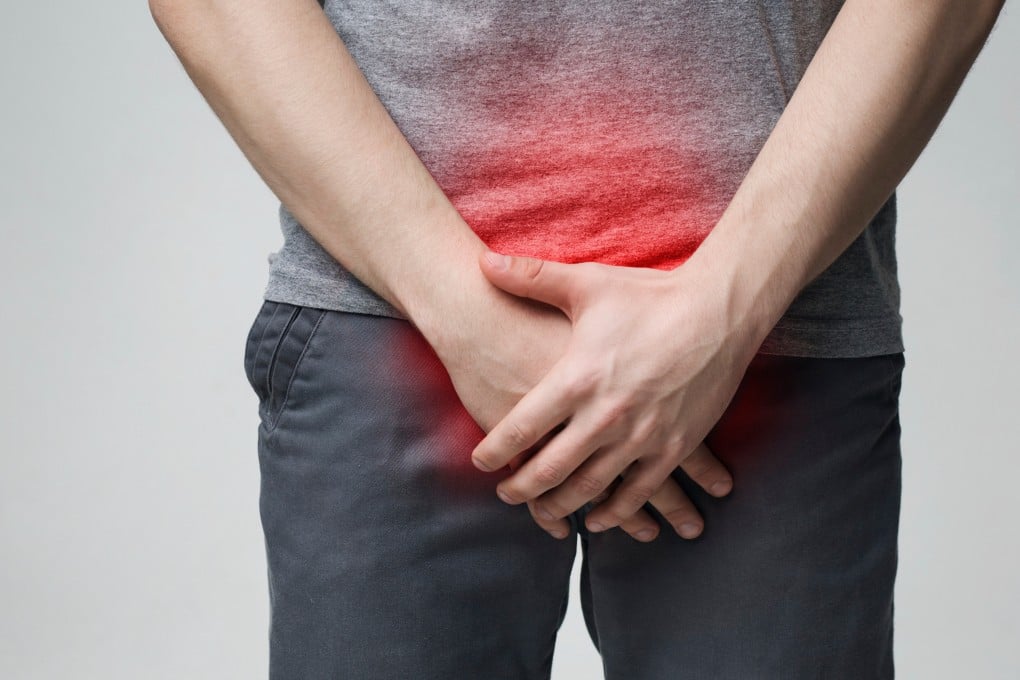Chinese researchers hoping new gel could help treat erectile dysfunction
- Scientists who tested a treatment on pigs are optimistic that it could one day treat humans too
- The research team created an artificial material that mimics the structure of the body’s natural tissues

A research team in southern China is optimistic a new hydrogel could help treat erectile dysfunction in humans after successfully testing it on pigs.
The artificial material imitates the structure of natural tissue and has great promise in repairing damaged tissues, according to the researchers, who published their findings in the journal Matter earlier this month.
The artificial implant mimics a natural structure in mammals called tunica albuginea (TA), which is composed of collagen fibres.
TA can be damaged by ageing, injury or Peyronie’s disease, which causes scar tissue to form.
About half of men between the ages of 40 and 70 reportedly experience some form of erectile dysfunction, while an estimated 5 per cent suffer from Peyronie’s disease.
Peyronie’s disease was first identified in 1743, yet so far no successful treatment has been identified except for the surgical removal of the damaged tissue, and most replacement materials carry the risk of immune rejection or dysfunction.